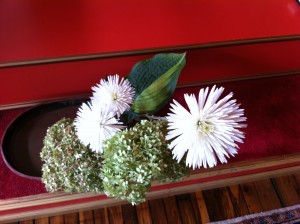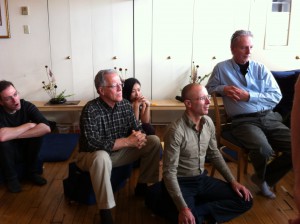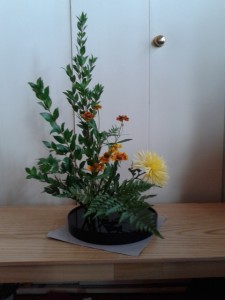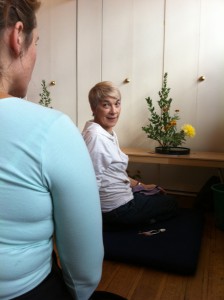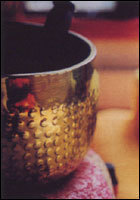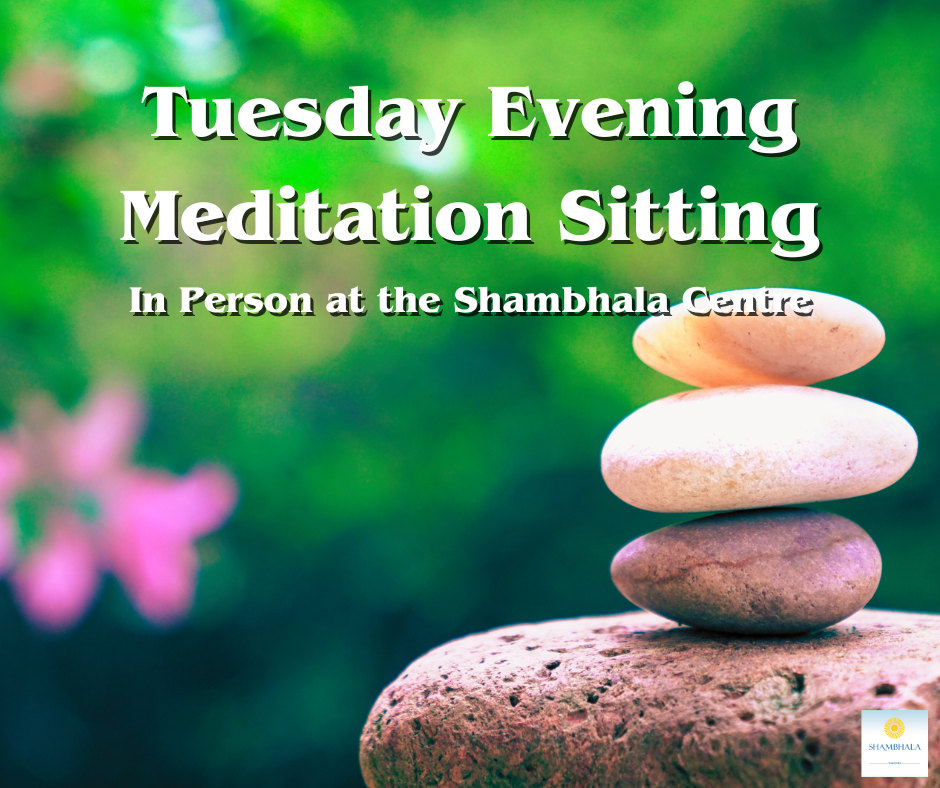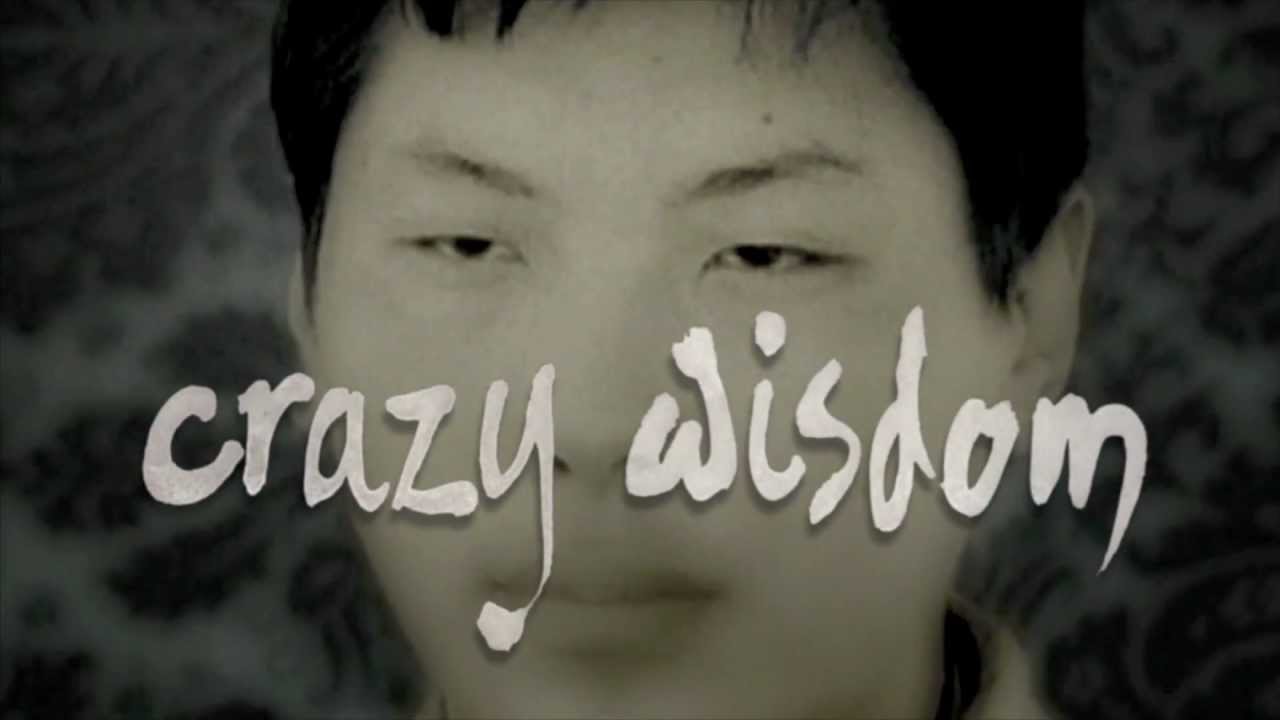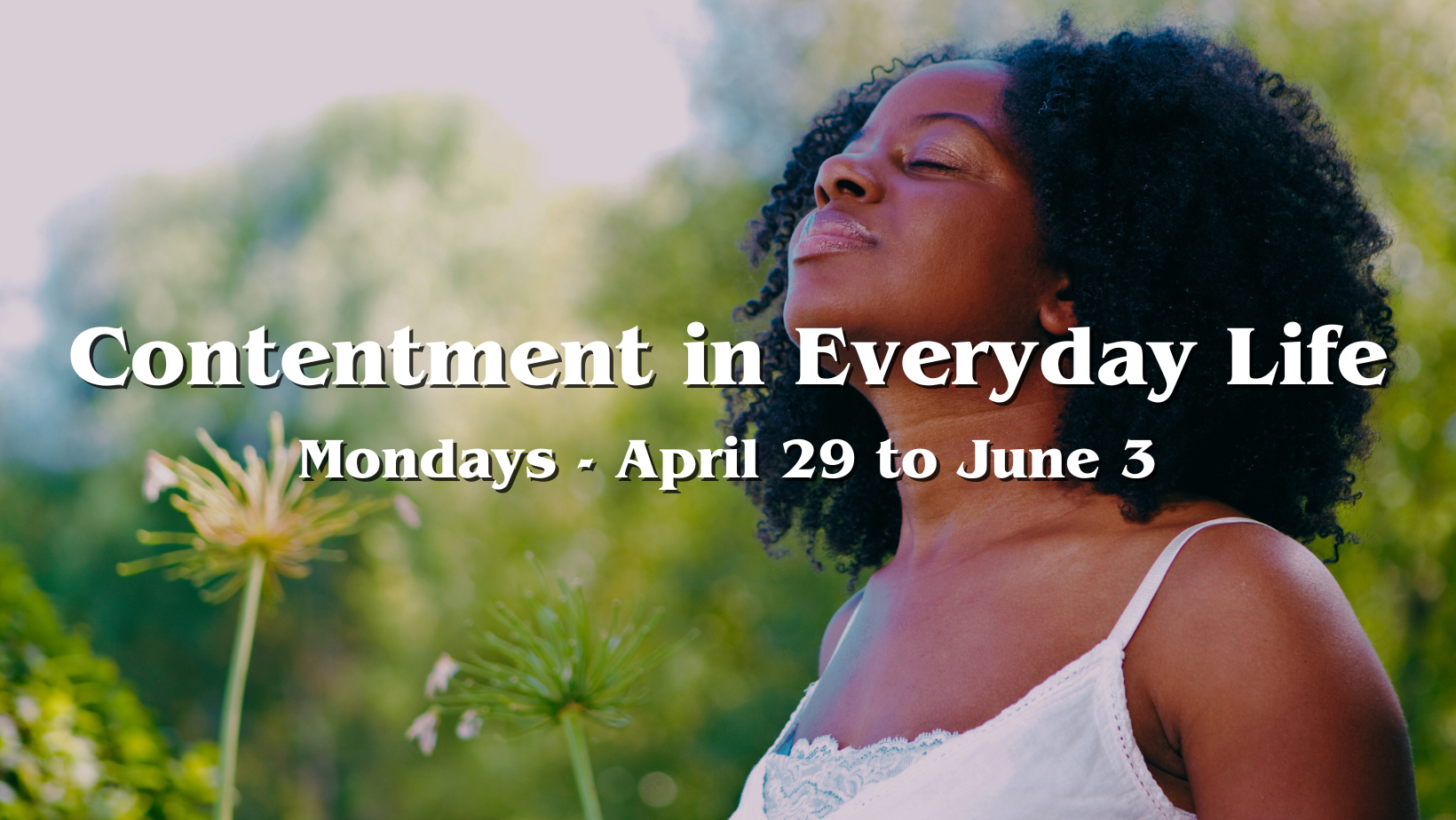Kado: Being Quiet and Doing Something!
More than knowing a thing or two about flowers, Marcia Wang Shibata knows her own mind—but then, she’s been following the way of flowers for a long time. Ms. Shibata, a Master Shambhala Kado Instructor, was in Toronto last weekend to work with a dozen or so students in an introductory practice.
Kado is an anglicized version of a Chinese word that means the way of flowers. The discipline originated in China over 2300 years ago. When it was introduced and assimilated into Japan, it became ikebana, meaning “living or natural flowers.” Kado is a contemplative practice that studies nature as it is. The aim is not to make conventional beautiful arrangements but to replicate direction of light, non-competition of flowered stems placed following a natural hierarchy in a disciplined, orderly way. The kado discipline helps people see how the wisdom in nature and their innate wisdom are the same.
On Friday night Marcia kept repeating some lines from Lao Tzu. By the end of the weekend these words were sinking in:
Do you have the patience to wait
Till your mud settles and the water is clear?
Can you remain unmoving
Till the right action arises by itself?
Tristan Lyons from Hamilton said that before the course, “it was like a brick wall. You’d move flowers around in a vase and then you’re done. That’s it. But now there’s a whole path that’s opened up…I feel there’s a way to work with space, not just move things around randomly.”
The course focused mostly on the classical elements of heaven, earth, and humanity but the final exercise was a constraint-based practice. In a maximum of twenty minutes, we had to place five different items. They could be cut or altered outside of the dish but once we’d placed them, we couldn’t touch them again. The power of the practice is that it’s experiential, not study with words. Each fern or flower we place or
remove affects the relationship of everything else in the arrangement. To the extent that there’s a goal in the practice, it’s to be warm, welcoming, and genuine in our offering. Despite some amazing pink dahlias and dramatic chrysanthemums, we were also reminded that “if it doesn’t work, don’t use it.” This aspect of kado is a Mahayana practice: to “offer what is supportive, not what you want.” Do we have the patience to wait and let our natural wisdom arise?
Whether we are patient or not, the kado practice mirrors our mind. Weiran Ji spoke of how the thoughts that arose while cutting and arranging flowers were a version of her everyday mind: “Through the kado arrangement, I see my habitual patterns more clearly. It’s like looking at eyelashes—it’s so close to me I can’t see it, but once I look into the mirror, I can see it! The practice is a dignified way of working with mind as it is—it has all the confused and chaotic elements of our thoughts, but the essence of brilliant harmony and balance is also there, as long as one knows how to work with it.”
Marcia reminded us not to expect more of flowers than what they can give—just like working with people. It’s about non-manipulation and working with things as they are. She also said that kado can teach us about when to speak and when to shut up, about offering what is actually helpful. It’s meditation in action. “You have to be quiet and do something!” she said. (Sangye Martin posted this video about the how the kado class sounded.)
Simone Moir had this to say about her experience of the weekend: “I was quite surprised that the confines of a traditional style could be so freeing, so joyful…The final work is a representation of your mind and reflects basic principles of how the world works in relationship. The materials are to be collected locally and so they mirror what is happening right now in the season rather than a clichéd idea of the season. I have already found my connection to the natural world deepen through this practice over the weekend. I found that paying close attention to the basic laws of growth (observing how a stem grows toward space and light) is deeply reassuring. And then my eye was quite changed at work and riding through the streets too.”

